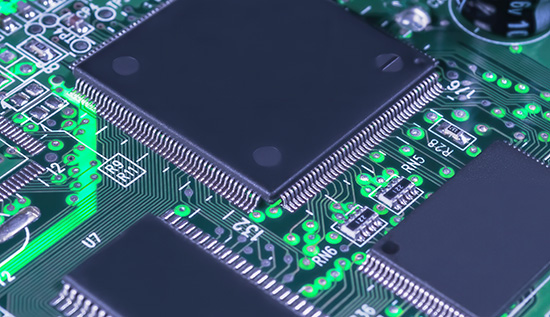EMC Question of the Week: April 25, 2022

Generally, to meet radiated emissions requirements, circuit board traces carrying digital signals faster than 1 Mbps should NOT
- make 90-degree turns
- cross over gaps in the ground plane
- have unmatched terminations
- all of the above
Answer
The best answer is “b.” At MHz frequencies, it's important to provide a low inductance return path for digital signal currents. For single-ended signals, a solid ground plane is important because disruptions in the return path generate voltages that can drive one part of "ground" relative to another. The common-mode component of most pseudo-differential signals routed on trace pairs can also generate a significant voltage between grounds if the pair is allowed to cross over a gap in the plane.
Ninety-degree turns, on the other hand, have no significant effect on radiated emissions. And a matched termination is usually only important when the transition time of the digital signal is shorter than 2-6 times the propagation delay. Generally, matched terminations are undesirable from a cost and power dissipation perspective. With properly controlled transition times and routing, matched terminations are typically only required for longer traces with data rates on the order of 100 Mbps or higher.
Have a comment or question regarding this solution? We'd like to hear from you. Email us at
